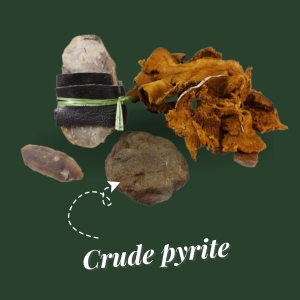Focus on… Marcasite

Marcasite is a singular stone with bright golden to silver metallic aspect. It is one of the few gems with metallic luster, along with pyrite and hematite.
Its name originates from the Italian word marcasite and more anciently to the Arabic marqachita, referring to pyrite and other alike minerals.
In reality, looking into the characteristics of both pyrite and marcasite, they are actually the same stone
The only aspect that differentiates them is their crystal structure, namely, the orientation as well as the symmetry of atoms that form them.
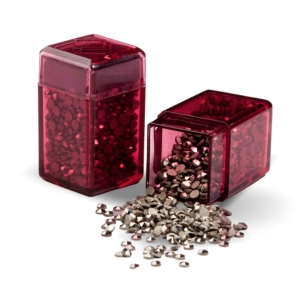
The characteristics of Marcasite
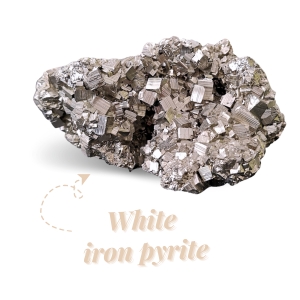
Marcasite (or pyrite) is a gem which composition is very simple: FeS2. It is an iron sulfide. Due to iron being the predominant element in it, it imparts this typical, metallic luster. Marcasite is incidentally sometimes called “white iron pyrite”.
Looking into the structures of marcasite and pyrite allows to better comprehend why only one of these two stones is used in jewelry…
As a matter of fact, the crystallization will make pyrite a fairly resistant stone. Whereas marcasite, because of its structure, is a gem that will tend to crumble and go damaged.

However, it is customary to use the name marcasite to refer to pyrite, this is widely accepted and understood.
It is one of the very few stones to actually look like metals.
This stone has incidentally often been mistaken for gold, due to its color that imparts a misleading appearance. An error that, thanks to technological advances, no one would ever make today.
Physical properties of Pyrite
Its Hardness
The hardness of Pyrite ranges between 6 and 6.5, which means this is a good scratch-resistant material but must be manipulated with care.
Its Density
Owing to its high iron content, the density of Pyrite generally ranges between 4.90 and 5.20, which corresponds to a very dense material.
Its Resistance
Its chemical resistance is average and requires to be careful about strong acids. Equally, its thermal resistance is average as this gem can oxidize at temperatures starting at 500°C.
The mechanical strength will fluctuate depending on the rough material selected.
Some specimens may feature such structure defects that will make them very fragile.
On the contrary, if the rough material has an orderly structure, it will be quite mechanically strong.
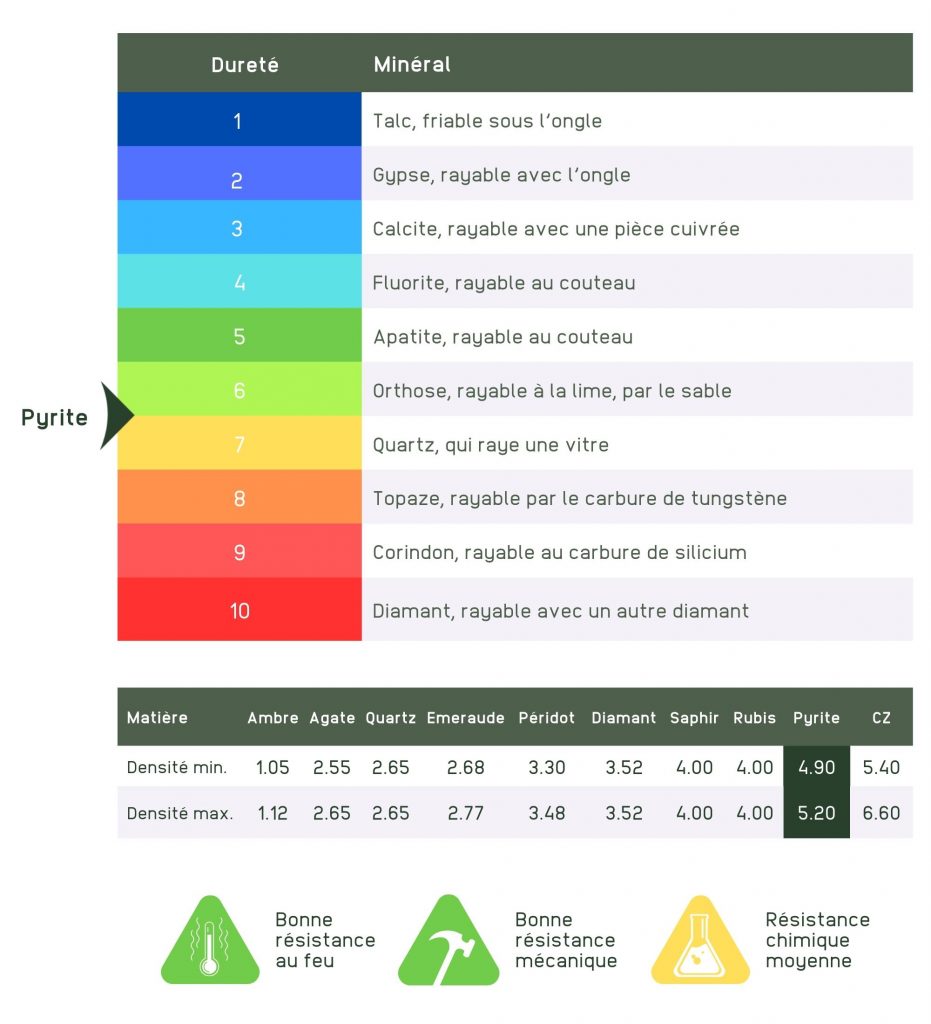
Deposits of Pyrite
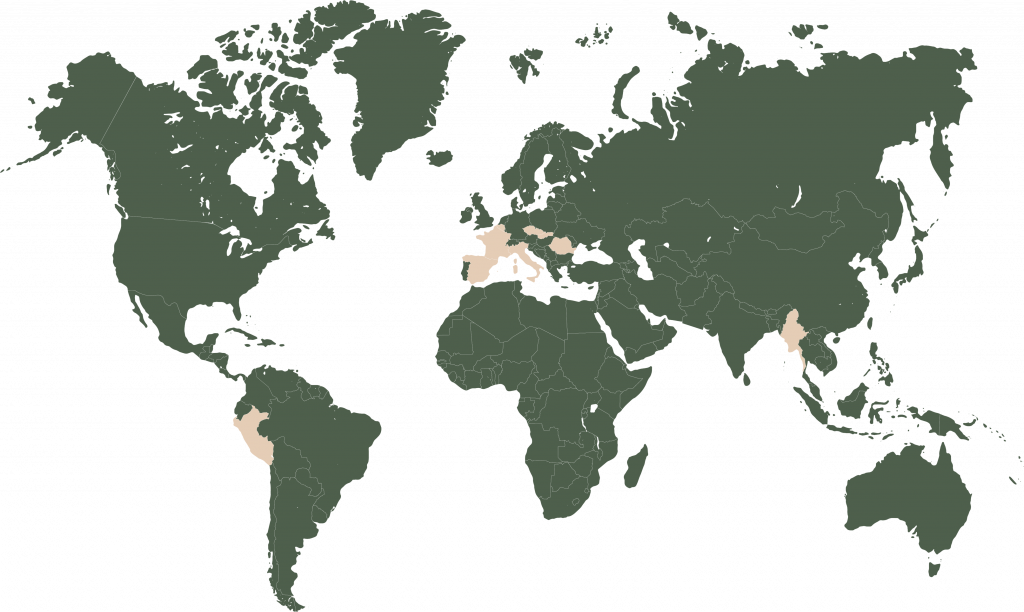
Deposits of pyrite can be found in very numerous places in the world.
Countries where those are present in substantial quantity are: France, Peru, Spain, and Italy as well.
However, there are quite a lot of other countries containing deposits, among which are Myanmar, Belgium, Czech Republic, Slovakia, and Romania.
Anecdotes on Marcasite
One blue gem is very often associated to pyrite, namely, lapis-lazuli.
This ornamental gem is composed of lazurite (which imparts the blue color), of calcite (sometimes showing white zones) and of pyrite: these are the metallic dots; pyrite inclusions appearing inside the gem.
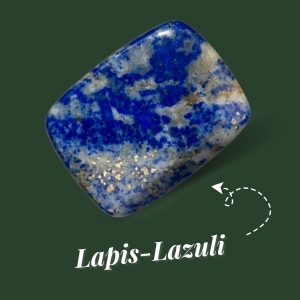
The very name of pyrite tells a whole story. This gem is named out of the Latin word pyro which means “fire” with the suffix -ite meaning “stone”.
Historically, this gem is indeed associated to fire because when rubbed on silex, it generates sparkles than can start a fire.
